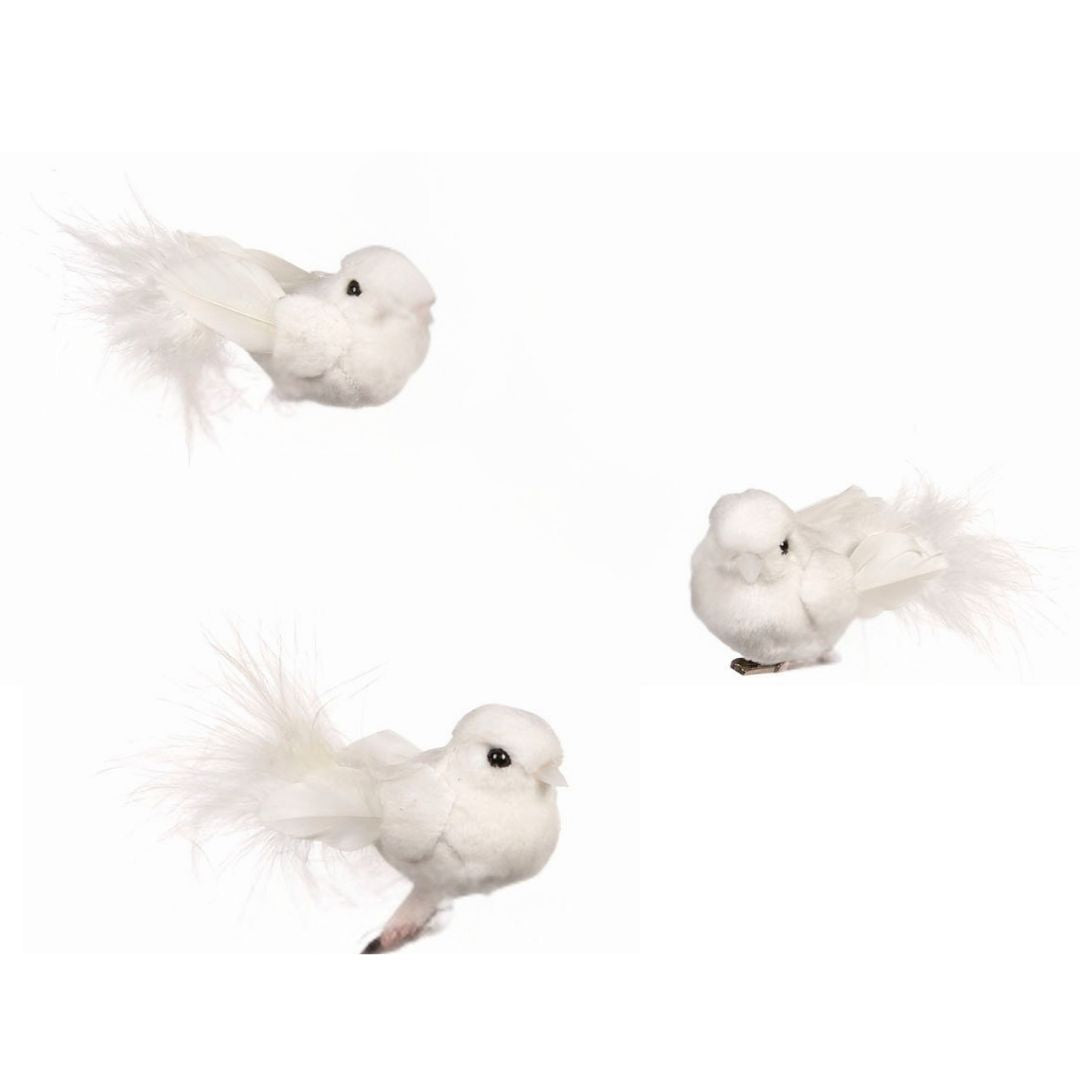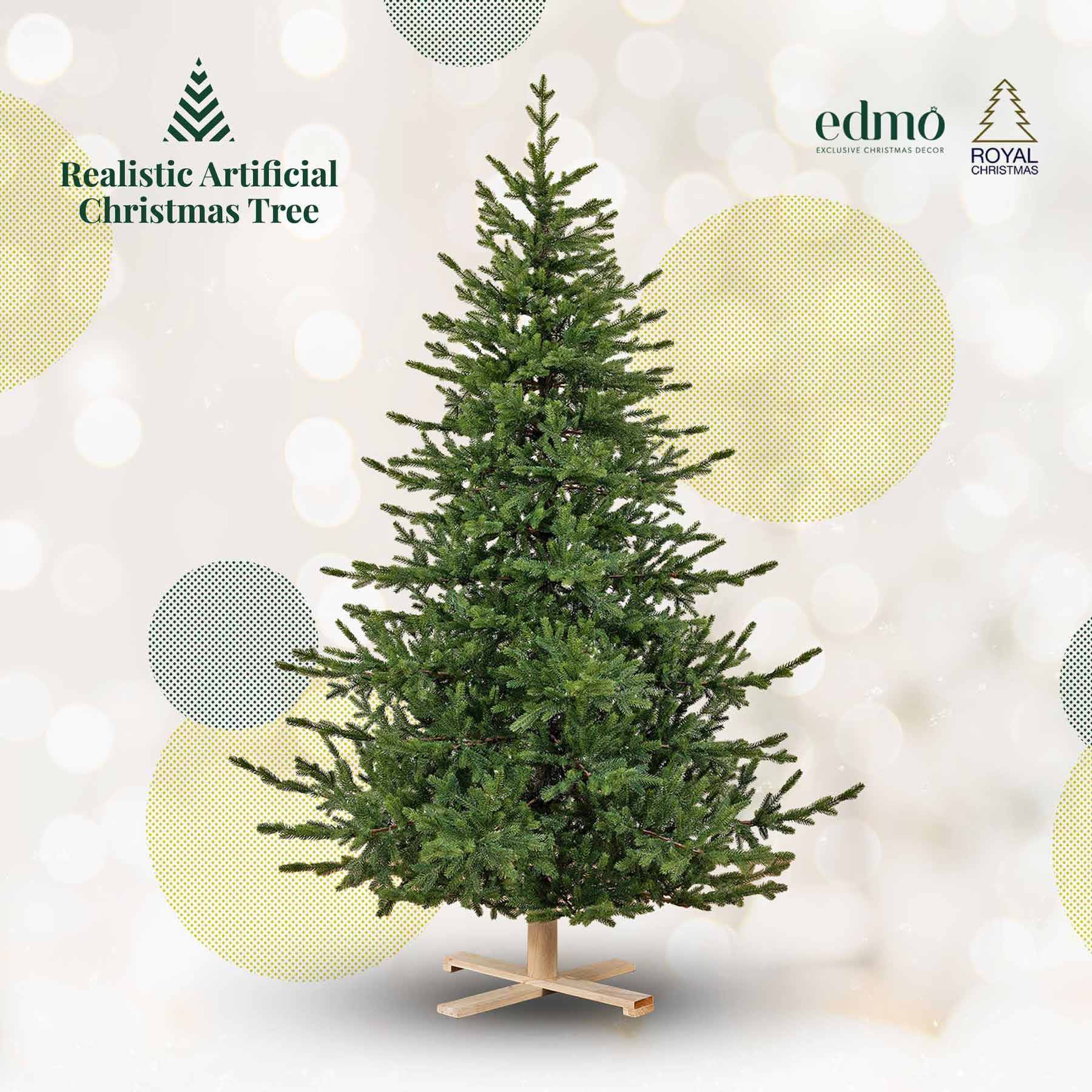The Magic of Easter decorations: Tradition and modernity in glass
Easter is one of the most anticipated holidays of the year, a time of rebirth and celebration that brings with it a rich decorative tradition. In this article, we will explore the fascinating history of Easter decorations, from traditional symbols like eggs and rabbits to elegant glass solutions that can transform your home and table into a festive and refined environment.
The Origins of Easter Decorations: A Journey Through Time
The Easter Egg: Symbol of Life and Rebirth
The egg has represented a powerful symbol of fertility and rebirth in human culture for millennia. The tradition of decorating and exchanging eggs during the Easter period has surprisingly ancient roots, even predating the spread of Christianity.

In ancient Persia, decorated eggs were exchanged during the spring festival of Nowruz, while in Egyptian culture, the egg symbolized the cycle of life. With the advent of Christianity, the egg assumed a new symbolic meaning, representing the resurrection of Christ and his exit from the tomb, just as a chick emerges from its shell.
The tradition of decorating eggs has reached extraordinary artistic levels in different cultures. In Eastern Europe, particularly in Ukraine, the tradition of pysanky – eggs decorated with geometric designs and symbols through a wax technique – represents an art form passed down from generation to generation. In Russia, the famous Fabergé eggs commissioned by the tsars have become a symbol of luxury and artistic refinement.
The Easter Bunny: From Pagan Symbol to Modern Icon
The Easter bunny has ancient origins dating back to pagan celebrations of spring. Being animals known for their prolificacy, rabbits naturally became associated with fertility and the rebirth of nature after winter.
The figure of the rabbit as a bearer of Easter eggs took shape in Germany in the 16th century. According to tradition, the "Osterhase" (Easter hare) evaluated children's behavior and brought colored eggs to those who were good. This custom was later brought to the United States by German immigrants in the 18th century, quickly spreading throughout the Western world.
Today, the Easter bunny has become a commercial and cultural icon, present in every aspect of Easter celebrations, from decorations to sweets, from books to films.
The Lamb and Other Easter Symbols
Beyond eggs and rabbits, numerous other symbols enrich the Easter decorative tradition. The lamb, representing Christ as the "Lamb of God," occupies a central place in the Christian symbolism of Easter. Chicks, butterflies, and spring flowers like daffodils, tulips, and lilies have become popular decorative elements that evoke the awakening of nature and the joy of the season.
Glass in Easter Decorations: Elegance and Tradition
The Art of Glass in Festive Celebrations
Glass, with its transparency, luminosity, and versatility, represents an ideal material for Easter decorations. The tradition of using glass in festive celebrations has a long history that spans different cultures and eras.
In Central Europe, particularly in Germany and the Czech Republic, blown glass decorations have a centuries-old tradition. Christmas glass ornaments, for example, were first created in the Lauscha region of Germany in the 19th century, and this artisanal tradition later extended to other holidays, including Easter.
Glass Decorations for an Elegant Easter
Glass Easter decorations combine the traditional element of the holiday with a touch of contemporary refinement. Here are some ideas for incorporating glass elements into your home during the Easter period:
Decorative Glass Eggs
Glass eggs represent an elegant and durable version of the classic Easter symbol. Available in different sizes, colors, and finishes, these artisanal creations can become collectors' items to display year after year. Blown glass eggs, hand-painted or decorated with techniques such as sandblasting, offer a sophisticated interpretation of tradition.
Glass Centerpieces for the Easter Table
A glass centerpiece can completely transform the appearance of your Easter table. Transparent cylindrical vases filled with colored eggs, willow branches, or spring flowers create an elegant focal point. Glass cake stands can be used to display Easter treats or small decorative compositions.
Glass Candlesticks and Candle Holders
Candlelight creates a welcoming and festive atmosphere, perfect for Easter celebrations. Glass candlesticks and candle holders, perhaps with engraved or colored spring motifs, add a luminous element to the decoration. Glass lanterns containing scented candles can diffuse spring fragrances such as lily, lavender, or citrus.
Glass Domes and Terrariums
Glass domes, traditionally used to protect precious or delicate objects, offer endless decorative possibilities. Create small Easter scenes under glass domes, with ceramic bunnies, decorated eggs, and artificial moss. Alternatively, create spring terrariums with real plants such as moss, small ferns, or seasonal flowers.
Colored Glass Tableware
Glasses, plates, and bowls in colored glass can transform your Easter table into a festival of colors. Opt for pastel shades such as mint green, sky blue, powder pink, or pale yellow to evoke the colors of spring.
How to Set Up Your Home and Table for Easter with Glass Decorations
The Home: A Festive and Bright Environment
Distributing glass decorative elements in the main spaces of the house creates a coherent and elegant Easter atmosphere. Here are some suggestions:
- In the entrance: Welcome guests with a composition of glass eggs of different sizes arranged in a decorative basket or on an elegant tray.
- In the living room: Create a focal point with a large glass dome containing an Easter scene on the coffee table. Arrange glass candlesticks on the fireplace or shelves.
- On windowsills: Line up small colored glass vases containing single spring flowers such as tulips, daffodils, or hyacinths.
- On the walls: Hang colored glass medallions that capture light and project colored reflections in the rooms.
The Table: A Feast for the Eyes
The Easter table represents the heart of the celebrations, a place of sharing and joy. Here's how to create a memorable setting using glass decorations:

- Centerpiece: A large cylindrical glass vase filled with flowering peach or cherry branches, interspersed with hanging decorated eggs, creates a spectacular effect.
- Place cards: Small colored glass eggs can serve as elegant customizable place cards.
- Glasses and goblets: Opt for colored glass or glasses decorated with spring motifs to add color to the table.
- Bowls and cake stands: Use transparent or colored glass cake stands to serve Easter desserts and small glass bowls to contain sauces, condiments, or small snacks.
- Lighting: Scatter small colored glass candle holders on the table to create a warm and welcoming atmosphere.
Tradition and Innovation in Easter Decorations
Easter decorations represent a fascinating interweaving of ancient tradition and contemporary interpretation. From millennial symbols like the egg and the rabbit to modern glass creations, Easter offers endless possibilities for expressing creativity and refinement in home settings.
Glass decorations, with their timeless elegance and ability to capture and reflect light, represent a perfect choice for those who wish to celebrate this holiday with a sophisticated and personal style. Whether it's precious blown glass eggs, spectacular centerpieces, or delicate candle holders, these decorative elements transform the home into a festive space that honors tradition while embracing contemporaneity.
This period of rebirth and renewal is the ideal occasion to experiment with new decorative ideas, creating an environment that reflects the joy and freshness of spring. Glass decorations, with their brilliance and versatility, will continue to be protagonists of our Easter celebrations, bringing light and beauty into our homes.

